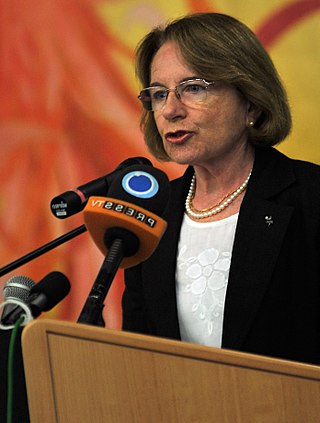
Ana María CettoKramis is a Mexican physicist and professor. She is known for her contributions to quantum mechanics, stochastic, electrodynamics, and biophysics of light, and for her work as a pacifist. From 2003 to 2010 she was Deputy Director General of the International Atomic Energy Agency (IAEA). She is also professor at the Faculty of Sciences at the National Autonomous University of Mexico (UNAM), of which she was also director. Cetto is responsible for several scientific literature programs in Latin America and for several international programs on the promotion and participation of women in science.
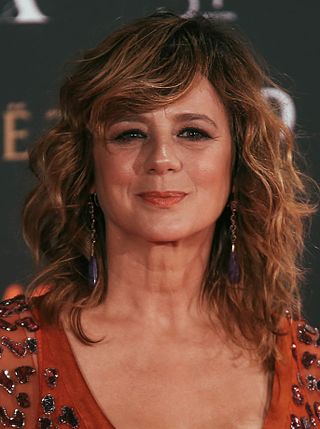
Emma Suárez Bodelón is a Spanish actress. She is the recipient of numerous awards, including two Goya Awards for Best Actress, namely for her performances in The Dog in the Manger (1996) and Julieta (2016), as well as a Goya Award for Best Supporting Actress for her performance in The Next Skin (2016).

The School of Engineering of the National Autonomous University of Mexico is the division of the aforementioned university in charge of engineering and applied studies in the physical and natural sciences. At the undergraduate level, it offers thirteen majors and some graduate programs. In fall 2008, the school of engineering had over 10,900 undergraduate students and 1,115 graduate students and postdocs. Chemistry and chemical engineering are offered neither by the School of Engineering nor the School of Sciences, but by a separate School of Chemistry.
Nibiru-Astronomical Society is a non-profit academic and student astronomical society created at the Faculty of Sciences (UNAM) of the National Autonomous University of Mexico in 2001.
Juan Manuel Lozano Mejía was a recognized Mexican physicist. He was one of the pioneers of nuclear physics in Mexico and an academic at Universidad Nacional Autónoma de México for over fifty years.
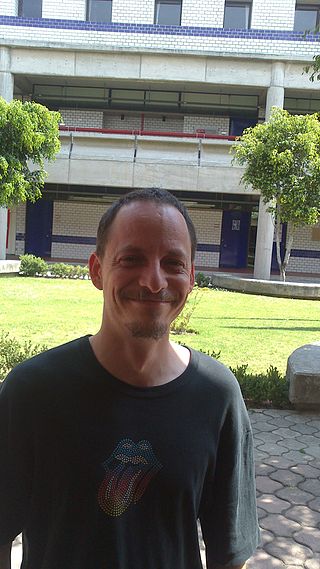
Luis Felipe Gómez Lomelí is a Mexican writer and poet. He is best known for his flash fiction work "El emigrante" and for the collection Todos santos de California, which won the San Luis Potosí National Award for Best Short Story.
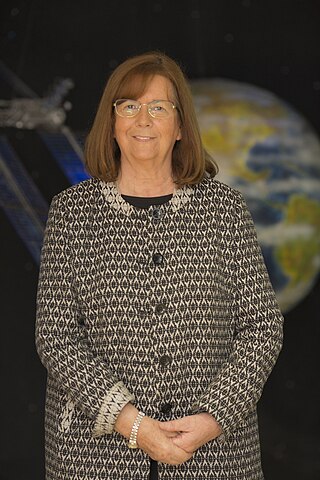
María Teresa Ruiz is a Chilean astronomer who was the first woman to receive Chile's National Prize for Exact Sciences, the first female recipient of a doctorate in astrophysics at Princeton University, and the first woman president of the Chilean Academy of Sciences. She is known, too, for the discovery of the brown dwarf Kelu-1.

The Museum of Light is a science museum dedicated to the phenomena of light, located in the former San Ildefonso College in the historic center of Mexico City. It was opened in 1996 originally in the former church of the San Pedro y San Pablo College. However, this building was closed in 2010 in order to convert it into the Museum of the Constitutions. The Museum of Light was moved to its current and larger location, but it remains an extension of the Universum museum, the general science museum of the Universidad Nacional Autónoma de México.
Manuel Peimbert Sierra is a Mexican astronomer and a faculty member at the National Autonomous University of Mexico (UNAM). He was named a foreign associate of the National Academy of Sciences in 1987.
Isabel Alicia Hubard Escalera is a Mexican mathematician in the Institute of Mathematics of the National Autonomous University of Mexico (UNAM).

Estela Susana Lizano Soberón is a Mexican astrophysicist and researcher. She has specialized in the theoretical study of star formation.

Antígona Segura Peralta is a Mexican physicist and astrobiologist. Since 2006, she has been a researcher at the Institute of Nuclear Sciences of the National Autonomous University of Mexico (UNAM) and collaborator at the NASA Astrobiology Institute. As a feminist she actively advocates for the inclusion of women in the exact sciences, mathematics, and engineering. Segura has participated in several activities in and outside UNAM defending women's rights; she was awarded with the 2021 Hermila Galindo medal by the Congress of Mexico City.

Gloria Suzanne Koenigsberger Horowitz is a Mexican astrophysicist and professor working at the National Autonomous University of Mexico (UNAM). Her areas of expertise are in stellar spectroscopy, massive stars and binary interaction effects. She was director of UNAM's Instituto de Astronomía (1990-1998) and a leading member of the team that succeeded in establishing the first connection to the Internet in Mexico in 1989.
María Magdalena González Sánchez is a Mexican astrophysicist, nuclear physicist, researcher, and professor best known for her contributions in gamma ray research and for being the head of the High Altitude Water Cherenkov Experiment (HAWC). She has published 90 articles about her field of study in indexed journals. In 2015 she received the Sor Juana Inés de la Cruz Recognition from the National Autonomous University of Mexico (UNAM).

Julia Tagüeña Parga is a Mexican physicist from the School of Science at the National Autonomous University of Mexico (UNAM) and Doctor of Science from the University of Oxford.
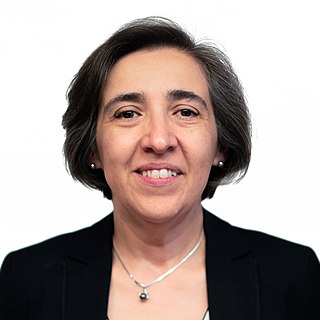
Ana Cecilia Noguez Garrido is a Mexican physicist, professor, and science communicator; she is a researcher and was the first female director of the Institute of Physics of the National Autonomous University of Mexico from 2019 to 2023. Cecilia Noguez specializes in the interaction of light with matter on a nanometric scale. In 2016, she was awarded with the National Prize for Arts and Sciences.
Hortensia Galeana Sánchez is a Mexican mathematician specializing in graph theory, including graph coloring and the independent dominating sets ("kernels") of directed graphs. She is director of the Institute of Mathematics at the National Autonomous University of Mexico (UNAM).
Deborah Dultzin Kessler is a Mexican astrophysicist specializing in quasars, blazars, active galactic nuclei, and supermassive black holes. She is a professor and researcher in the National Autonomous University of Mexico (UNAM) Institute of Astronomy.
Margarita Eugenia del Socorro Rosado Solís is a Mexican astronomer who studies the motion of nebulae, galaxies, and the interstellar medium, including the use of interferometry and the construction of scanning interferometers, kinematic calculations, and computer simulation. She is a professor and researcher in the National Autonomous University of Mexico (UNAM) Institute of Astronomy.

Manuela (Mane) Garín Pinillos de Álvarez was a Spanish-born and Cuban-raised mathematician who became one of the first women to study mathematics at the National Autonomous University of Mexico (UNAM). She has been named as a pioneer of mathematics in Mexico.












